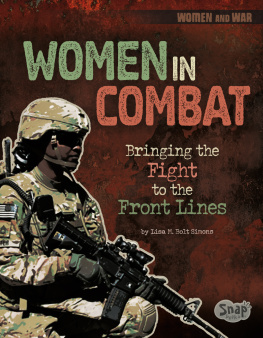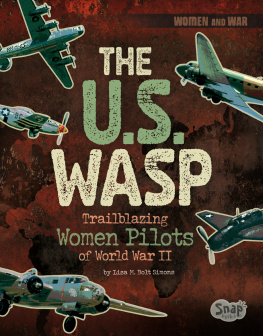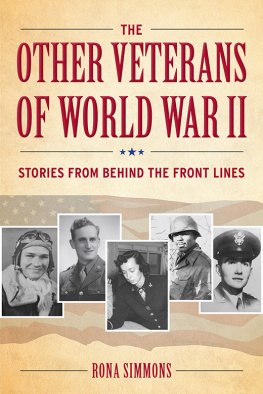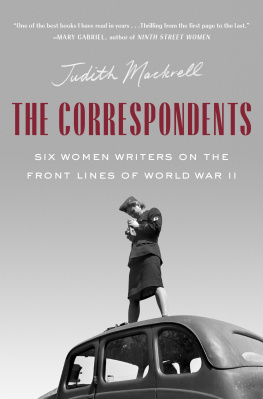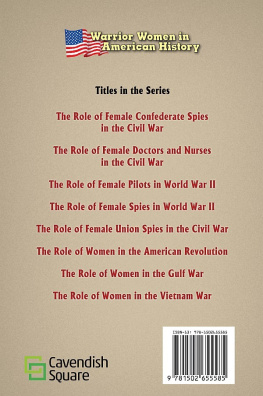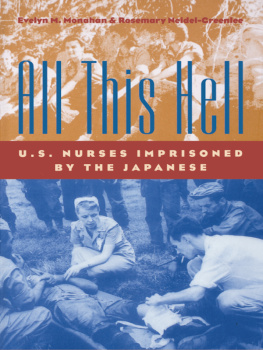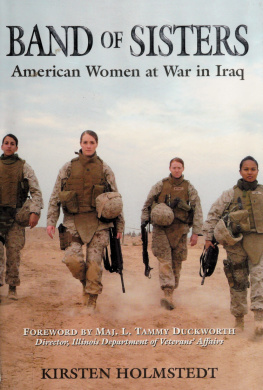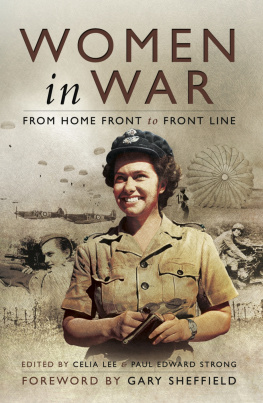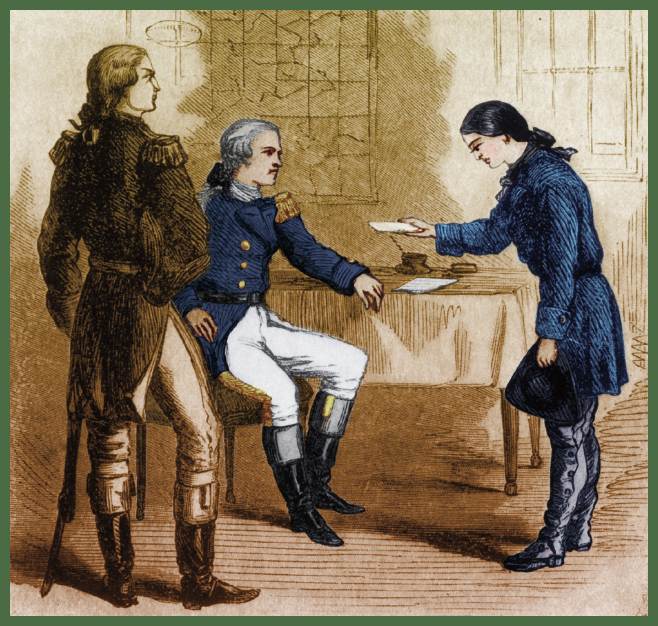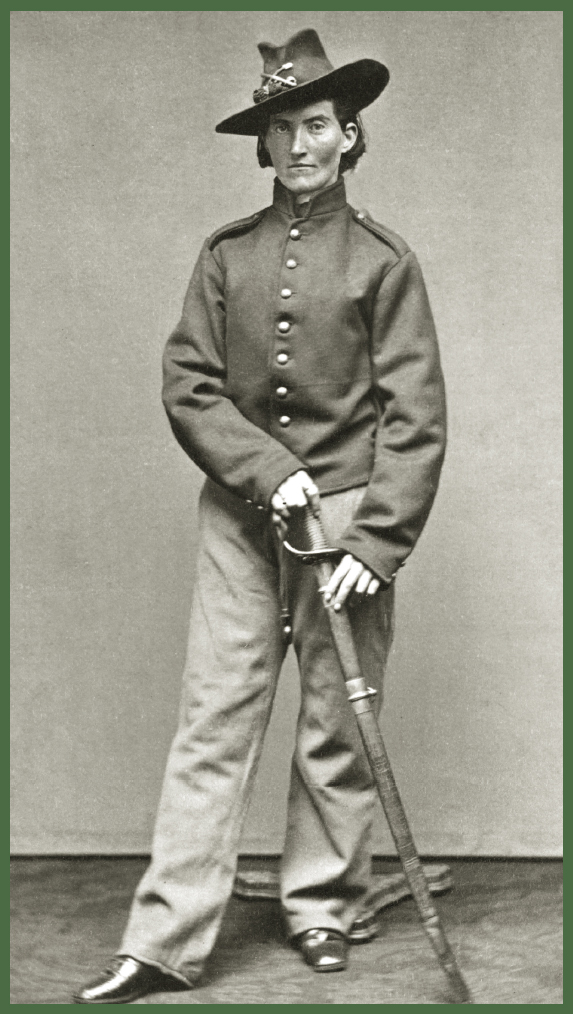Timeline
- 17751783 REVOLUTIONARY WAR
American women put on their husbands clothes and defend the Nashua River Bridge - 1812 WAR OF 1812
Diaries and journals document combat service by women - 18611865 U.S. CIVIL WAR
Between 400 and 750 women secretly become soldiers - 19141918 WORLD WAR I
12,000 women become U.S. Navy yeomen
305 women join the U.S. Marine Corps as Marinettes
223 women sign up to join U.S. Army Signal Corps Hello Girls, or bilingual telephone operators, overseas
34,000 women serve in the military, some near or on enemy lines - 19391945 WORLD WAR II
1942, Womens Army Auxiliary Corps (WAAC) is established
1942, women join the U.S. Navy Women, Voluntary Emergency Service, or WAVES
1942, women join the U.S. Marine and U.S. Coast Guard, Semper Paratus! Always Ready, or SPARs
1943, Womens Army Corps (WAC) is established, giving women military rank
1943, the Women Airforce Service Pilots, or WASP, is founded - 1948
Congress passes the Womens Armed Services Integration Act; however, promotions and combat are not allowed - 19501953 KOREAN WAR
Approximately 74,000 women serve - 19541975 VIETNAM WAR
Roughly 250,000 women are in the military with about 10,000 stationed in Vietnam
Between 5,000 and 6,000 nurses serve in combat zones - 1979
The U.S. Coast Guard integrates women into all military positions - 1983
The Army closes 23 jobs, once open to women, due to possible combat or active fighting situations
During Operation Urgent Fury in Grenada, 200 Army women earn Imminent Danger Pay - 1989
During Operation Just Cause, approximately 150 women serve in combat zone - 19901991 FIRST GULF WAR
Women make up 11 percent of the U.S. military and perform various military jobs around the world - 1991
Congress repeals the 1948 act that banned women from flying - 1993
The U.S. Secretary of Defense orders all branches to allow women to fly in combat; the Navy is asked to allow women on combat ships - 2001
After September 11, 2001, approximately 280,000 women are deployed overseas - 2012
Four female war veterans sue the Department of Defense, claiming the militarys rule against women in ground combat is unfair - 2016
The U.S. Secretary of Defense repeals the 1994 rule that did not allow ground combat in all military branches; 220,000 combat positions are open to women
Critical Thinking Questions
- In early wars, it was illegal for a U.S. woman to be in combat. Many women who still wanted to fight for their country disguised themselves. Other than the ways already listed, how else do you think women kept their gender secret?
- What were some frustrations for women who wanted to be in battle but were banned from it? Use the text to find examples.
- U.S. women were allowed in combat in the air and by sea more than 20 years before women were allowed in direct ground combat. What do you think are some reasons for this?
Read More
- Coleman, Miriam.Women in the Military. Women Groundbreakers. New York: PowerKids Press, 2015.
- Gillespie, Katie.Fighter Jets. Mighty Military Machines. New York: Lets Read, 2016.
- Miller, Nancy.My Mom Is in the Navy. Military Families. New York: PowerKids Press, 2016.
Chapter 1
Women in Early U.S. Military History
The Revolutionary War (1775 1783) was a bloody conflict where colonists and the British clashed. In 1781, Deborah Sampson decided to do something. She started dressing like a male soldier, using the name Robert Shurtliff. Living with that secret was no easy task. She once removed a bullet from her thigh, so that a doctor wouldnt discover her. She was shot again four months later in the shoulder. But it was a fever that forced her to the doctor in 1783. The doctor wrote a letter to a general, telling him Sampsons secret. Instead of punishing Sampson, the general helped her receive an honorable discharge for her service.
Deborah Sampson delivering a letter to General George Washington.
The future of women in the military seems assured. There will be for some time debate about whether and where women can serve in combat...what may be lost in time is the story of how it happened. The barriers of sex and race were, and sometimes still are, very difficult to overcome.
Lieutenant Colonel Charity Adams Earley, Womens Army Corps, World War II
FACT
In 1775 in Groton, Massachusetts, women put on their husbands clothes and defended the Nashua River Bridge using pitchforks and muskets. The women also captured a Tory, an American who sided with the enemy. He was carrying information in his boots to the British.
Some women fought alongside their husbands, like Tyonajanegen, a member of the Oneida Nation. She was the first American Indian woman to serve in the U.S. military, though she was never officially recognized by them.
Women didnt stop there. Diaries and journals documented combat service by women in the War of 1812. Elizabeth Newcom disguised herself as a man in order to join the Mexican-American War (18461848). She became Bill Newcom in 1847.
Women again engaged in battle during the Civil War (18611865). Between 400 and 750 women became soldiers. Although it was illegal for women to fight, some did so alongside their husbands and brothers openly. Most of them, however, decided to disguise themselves.
Jennie Hodgers used the name Albert Cashier to fight in 40 battles. Frances Louisa Clayton saw her husband get killed but stepped over his body to continue fighting. Sarah Rosetta Wakeman adopted a mans name to join the 153rd New York Infantry Regiment. Even after she got sick and died, Sarahs secret continued. She is buried as Private Lyons Wakeman.
Frances Louisa Clayton
Staying disguised wasnt difficult. Soldiers were from average citizens without military training. Most soldiers had bathroom privacy. Women tried to avoid being injured, killed, or captured to keep their secret. Six female soldiers serving in the Civil War were discovered, however, when they gave birth.
Medal of Honor
Dr. Mary Edwards Walker graduated from medical school in 1855. When the war began, she applied to work for the U.S. War Department. She treated soldiers while under attack at Bull Run and was a prisoner of war for four months in 1864. She was awarded the Medal of Honor the highest military award in 1865 from President Andrew Johnson. She was the first woman ever to be awarded this medal.
In 1917, however, the requirements for eligibility changed: Medal of Honor recipients couldnt be . Dr. Walker was asked to give her medal back, but she refused. Although her recognition was taken away, she wore the actual medal until her death in 1919. President Jimmy Carter returned the recognition to her family in 1977.

